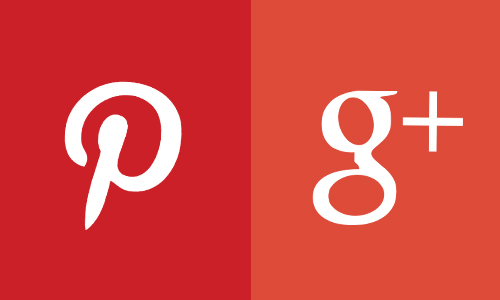Today, digital inventiveness in social media and mobile platforms adds value to the rich and emotional connection between people and the brands they love. In this landscape, there is a unique opportunity for companies to make a connection in a human way. After all, what appeals to consumers? People respond well to compelling insights and valuable content that motivates everyday behavior. These motivators include passion, conviction, joy, hardship, happiness, fulfillment, and achievement.
Tapping into these genuine human emotions and creating emotional currency with consumers is often best achieved with imagery. This explains the popularity of social media platforms such as Instagram, YouTube, Google+, and Pinterest. Whether a video, photo or infographic, imagery helps hold the attention of the people you want to reach most. Posting an image is a great first step – a brand’s ability to engage with its audience is the next essential step. Some of the top factors that motivate social media engagement are a brand’s ability to:
- Develop unique, compelling content
- Provide genuine helpful insights
- Take time to thoughtfully respond to comments
- Create opportunities to engage around stories and be useful
Where do Pinterest and Google+ factor in to a brand’s plans for inspiring audience engagement?
First, let’s take a look at the numbers:
At a Glance, Google+
Google recently announced impressive milestones for Google+. The platform recently reached 300 million monthly active users and now boats 1.5 billion photos as being uploaded weekly. So, who is using Google+? According to CircleCount and Business Insider, its user base is predominantly male. It’s user base is roughly 70 percent male, in fact, making it the potentially most “male-oriented” social media platform.
How does this compare to Pinterest?
At a Glance, Pinterest
Statistics show that Pinterest receives close to 50 million unique monthly users around the world via both its desktop and mobile experiences. In taking a closer look at these users, we know that they are predominantly female – 84 percent female, according to Nielsen.
What does all of this mean for your brand?
Numbers and demographics aside, there are several additional factors to consider in any conversation about audience engagement on Google+ vs. Pinterest. In addition to a brand’s ability to develop unique, compelling content, provide genuine insights and take time to genuinely engage with users, the nuances of the different platforms create subtle differences in opportunities for engagement.
For example, Google+ has a greater impact on search engine results and rankings (no surprise given its ties to Google and Google Analytics), while Pinterest drives more sales, averaging $160 per user per purchase generated from the site. Both are equal in their technical ability for cross platform sharing and engagement, but Pinterest leads the pack in impulse sharing. However, if a brand wants deeper discussion around a topic, Google+ is the place to be.
For any business evaluating Google+ and Pinterest to decide where it makes the most sense to invest time and money, the likely answer is that both might be a good fit. In fact, consider setting up a campaign for each to do some A/B testing to find your audience and discover which gets better results for you. Some ideas for maximizing the data from your multi-platform testing include:
- Utilize two landing pages, targeted to either Google+ or Pinterest
- Maximize UTM links to track your campaigns in Google Analytics and other metrics platforms
- Use copy appropriate for each site
- Post to each at the same time of day each day so you can compare data
- Make sure your landing page has calls to action specific to the test site so you can compare conversion data
Today, it’s more important than ever for brands to have specific goals set up before diving into any new social media platform. Once a brand dives in, it’s crucial to evaluate and measure those goals against what each platform offers (use your analytics platform to help you do this). It’s far better to emphasize quality over quantity and do a few platforms well than many poorly.
Image credit: Created by Flightpath.com for this article. Used under license.




